.png)
Legend of Mana features a unique "Land Make" system in which the player chooses plots of land to organize various locations within the game. The game world is divided into an isometric series of empty square plots of ground from which there are 36 possible in total. Depending on the Artifact (AF) which is placed on the plot, a different Land is generated on it. Each area placed on the map contains at least one quest within it, which upon completion rewards the player a new Artifact, and the process is repeated. Lands can be revisited, which is sometimes necessary to initiate more quests. Each Land has a certain level of strength in each Spirit of Mana on a points scale of zero (no presence) to three (strong presence). A high number of points on one square can add points to adjacent squares. The spirits—excluding Shade andWisp—each represent a day on which the coordinating element becomes more powerful. Also, placing locations in given places affects the spirit rating of that particular area. Within each Land, players can explore numerous locations including towns, dungeons, and ruins. Many locations have non-player characters (NPCs) for interaction such as progressing the story or buying equipment. Other areas feature enemies and bosses with which the player can battle.
Legend of Mana features several role-playing elements as well. The main character and sidekicks each have their own set of numerical attributes including HP, MP, strength, and luck. These stats grow whenever the player gains a level, after meeting a set experience point requirement. By defeating enemies in battle, the player can collect experience point crystals that spill out. The main character can equip a variety of weapons, armors, and accessories. Weapons grant the player the ability to perform abilities in combat. Referred to as "STs" (Special Techs) in the game, these are the powerful attacks of the main characters and NPC sidekicks that can be used once the special move meter is filled. Each weapon has a set number of special attacks to learn, ranging from single-target to area to the full field. The player is able to customize his or her attack repotia by assigning them to certain buttons.
Legend of Mana offers the option for the player to have two sidekicks—characters which are controlled either by the game's AI or by another player using the second controller. These sidekicks serve the purpose of making the game multiplayer to a degree by helping the main character while in battle, and also indirectly enhance the gaming experience if a human player takes control over the sidekick. Sidekicks consist of support characters, demi-humans, pets, and golems. The support characters include the Jumi Elazul and the merchant Niccolo. Demi-humans are monsters that have the ability to speak, and appear in certain areas, willing to join the player on his or her quest. Pets and golems can also accompany the protagonist, but cannot be controlled by a second player. Using a memory card, it is possible for two players to play together simultaneously using their main characters, but there are some limitations to this. The game also has an arena for two people to fight against each other in.
After certain quests are completed, Legend of Mana gives the player the option to delve into optional gameplay aspects centered around the hero or heroine's house. While weapons, armor, and accessories may be bought from stores, the player also has the option of forging or improving them using raw materials found throughout the game. Temporing occurs when any of the game's items is combined with the equipment, cumulatively raising or lowering its power or adding special effects. In the backyard of the players house is a small orchard, where the player is able to give some seeds to the orchard keeper, Trent, to grow fruit. What grows depends on the number of seeds previously given to him, the Mana levels of the Home Land and the kinds of seeds given him. The player can also unlock the monster corral, which can be used to raise pets via feeding them, letting them graze, or taking them out adventuring. They gain levels only if they are taken out with the hero, or if they are left to graze. They can also be raised using the Sony PocketStation, a peripheral only released in Japan. Finally, workshops can be used to create instruments and build golems. Instruments are created using elemental coins and armor, whilst utilizing the Mana power of a specific region. Different types of instruments, as well as different tunes, can be made depending on materials, as well as the melody and harmony gameplay mechanics of the workshop. Golems are built using weapons and armor as parts. The golem's attacks are determined by logic blocks, which are created in an urn in the workshop. It is done by combining two items, and the blocks are placed in a grid. All of the blocks must fit in, and for the golem to use attacks, the attack's respective logic blocks must be in the grid.
(Much thanks to http://mana.wikia.com/wiki/Legend_of_Mana for the info)
Official Trailer
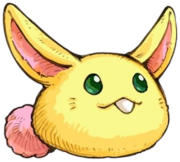



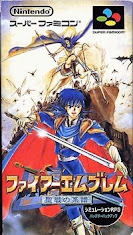
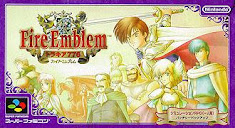
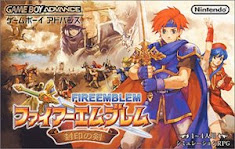
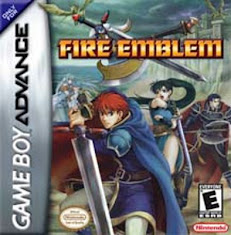
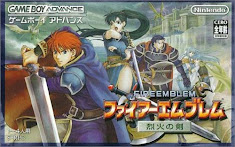
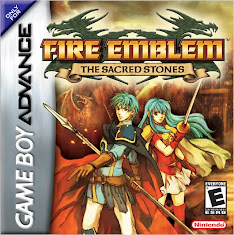



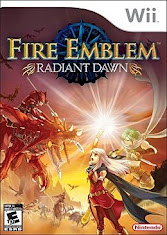




Comments (0)